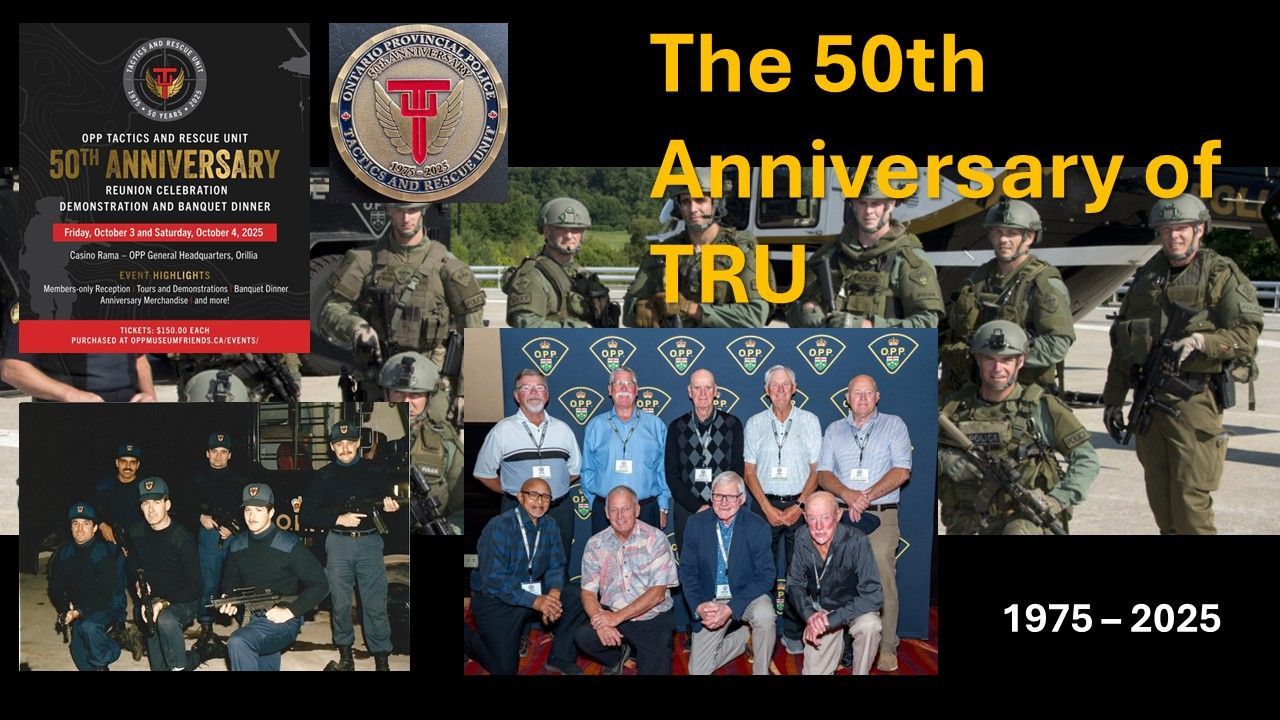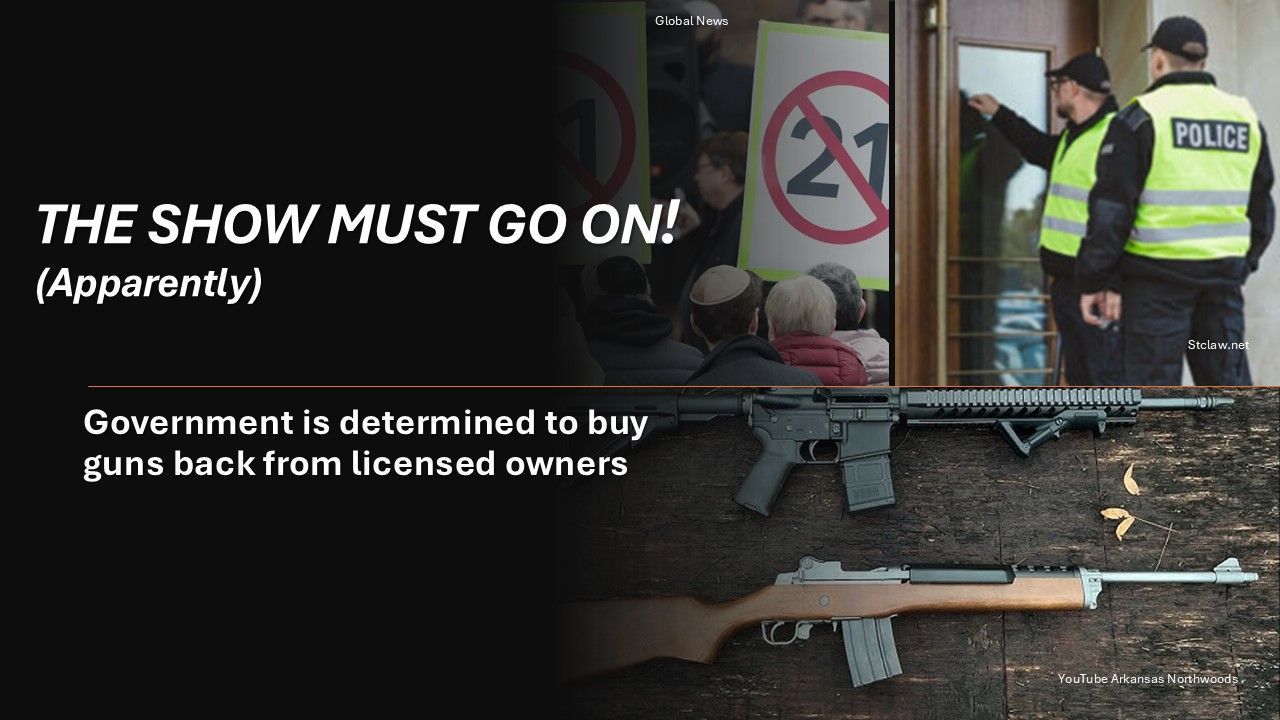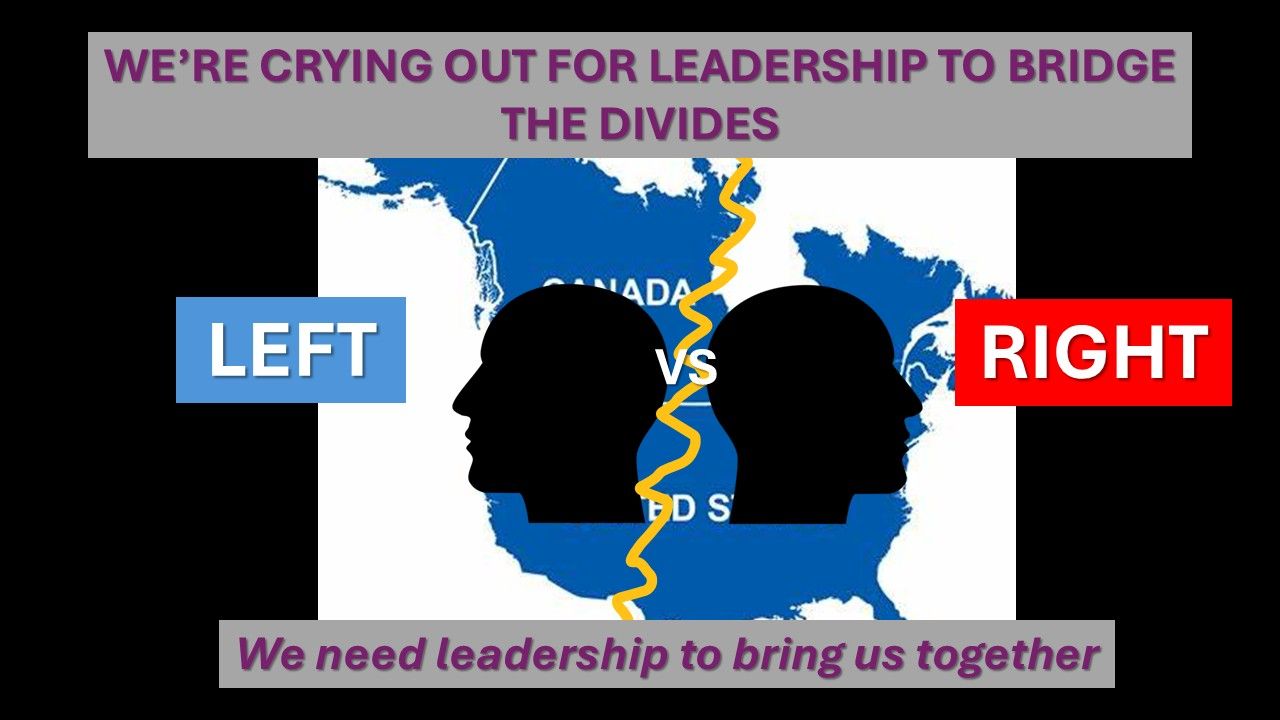New Paragraph
Most people that actually care, understand that “leadership” is about inspiring people be and do their very best. That could be at work or play, and/or simply apply to life in general. In the working environment, it most often relates to leading employees to the achievement of corporate goals through various strategies and initiatives.
But leadership is always about people, regardless of the environment in which they are participating. We don’t employ robots – at least not yet, but we hire human beings with basic and complex feelings; personal and professional goals; and the need to feel a valued member of the team.
Some so-called leaders don’t get that it’s not about them but about the people they lead. The leader’s self-centered desire to accomplish great things only to put the spotlight squarely on them, will never occur without inspired employees that buy into the goals and are committed to working their buns off to make them happen. If not, the targets and strategies will never be accomplished and everybody loses.
In the emergency response context, employees are often faced with traumatic and threatening situations that singularly or cumulatively can be life-changing from both physical and emotional perspectives. That unique environment requires the strongest of leadership to support personnel through the most difficult of times.
In recent years, we have thankfully begun to more openly discuss issues around Post Traumatic Stress Disorder (PTSD). Additionally, we have heard some alarming stories of suicides among serving and retired emergency services workers. Although such tragic emergency responder deaths are not always related to PTSD, and the reality is that members of the public without PTSD commit suicide as well, even one suicide by a police officer, firefighter or Paramedic is unacceptable. Organizational leaders from top to bottom need to be united in ensuring effective mental health programs are available and well communicated; that members are fully supported in dealing with PTSD challenges; and ending that the ever-prevalent stigma that often dissuades employees from seeking the help they need and truly deserve.
But PTSD isn’t the only issue impacting the emotional health of emergency responders. There are many reports emerging of employees being bullied by superiors and peers, and other allegations of employee harassment and the retaliatory abuse of staff that have somehow offended agency brass. I’ve been around the horn enough to know that some of these stories would be completely false; a number exaggerated; but many others a complete reality.
One also has to consider the current environmental realities facing policing, and perhaps other emergency responders. Budget cuts; public criticism; a real-time media spotlight; social media attacks; burnout; a justice system that puts dangerous offenders back on the street; multiple layers of oversight – some of which does not occur in an effective manner; guns and gangs…just to name a few. It’s difficult enough for leaders to keep morale high even in the best of times, let alone with that constant, malignant swirl.
Leaders have significant roles to play in ensuring a healthy workplace from PTSD, harassment, bullying and morale perspectives. They have to set the standard. It is their duty to do what is right and for the right reasons, to support their people, communicate effectively, connect with them and keep morale as high as possible. That is the key recipe for organizational success.
Sometimes the leader truly has the best of intentions and quite innocently believes that subordinate managers and supervisors are doing what’s right, only to be let down. You cannot follow the dozens of managers that report up to you around and double-check everything they tell you. Conversely, at other times the senior executive could be completely culpable in failing those he/she leads.
I know in my tenure in leadership roles, I mistakenly thought things were better than they really were at times. I believed some colleagues that I trusted when they told me everything was good. Then I similarly believed them when they told me some employees were bad and needed to be dealt with harshly. On many occasions those that had advised me wrongly had been misinformed by those that guided them. In other situations they were deliberately not being forthright with me. I now know that at times I failed our people by trusting some advisors too much and then inevitably condoning bad behavior by some and over-disciplining others. It was never done maliciously by me, but I have to accept responsibility for the times that it occurred under my watch. The buck stopped with me.
So what do leaders need to do to make a difference and not let their people down? In my view they MUST:
· Set the positive example of leadership and do everything possible to ensure their example permeates the organization at all levels.
· Create an open, respectful and trustful environment with employees.
· Communicate and model the standard of acceptable behavior. Treat people well, with respect, and treat them fairly.
· Ensure that supervisors and managers across the organization do the same and tolerate nothing less from them.
· Encourage an environment in which employees will feel supported and empowered to report bullying and harassment; and will openly access employee wellness programs.
· If you suspect something doesn’t totally meet the smell test, ask more questions. You can’t afford to get it wrong and unjustly impact lives and careers.
· Take swift and decisive action when policy is not followed by others, whether they be managers, supervisors or peers of members that are being victimized.
On one hand it’s not rocket-science but merely commonsense. On the other hand it’s not easy to do, but you owe it to all around you to give it your very best in a unrelenting manner.





